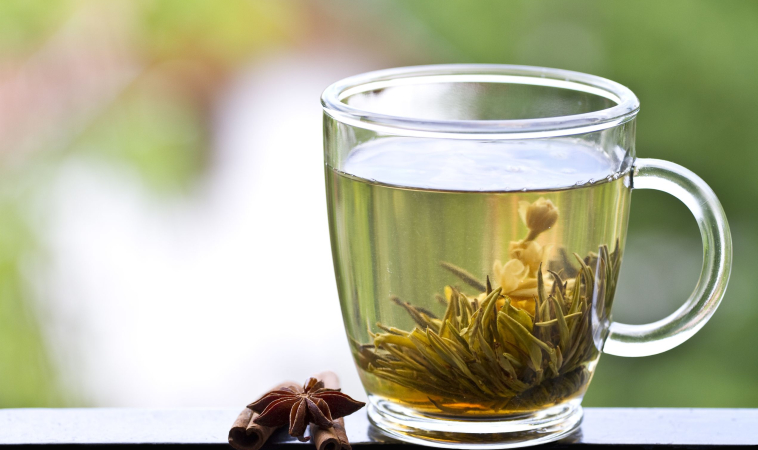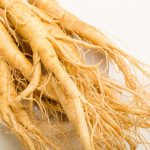Dr. Sheila Kingsbury, ND, RH (AHG)
In my experience as a parent and a physician, kids get a lot of strange rashes
Rashes can have distinct patterns that help determine a quick diagnosis or they can be quite mysterious in how they present. I just had a 16-year-old boy tell me he had been diagnosed with no less than 6 different skin conditions because the physicians had been unable to determine the exact cause of his rash. One thing that underlies all rashes is inflammation. The immune system is also involved at varying degrees depending on the underlying cause. Rashes can be from allergies to something that came into contact with the skin (such as laundry soap or lotion), allergies to foods we eat or to an overactive immune response to a viral illness or other pathogen. They can also come from medications or vitamins we take or food additives. Some rashes come with distinct patterns – such as with Chicken Pox or Scarlet Fever. However, the vast majority of skin rashes are seemingly random in look, shape, location and reason. I have found that it is often a matter of allergenic load. A child may, for example, have some dietary intolerances to some foods that they eat and it goes unnoticed; then they also have environmental exposure to various perfumes, pollens, dander, etc. that tax the immune system until one day the immune system can’t keep up with it all and the inflammation cascade is triggered and a rash appears. After ruling out any infectious causes or signs of serious allergic reaction, I usually begin with a protocol of addressing the inflammation and investigating possible triggers. Eczema, for example, is very frequently related to an inflamed gastrointestinal system due to food intolerances (most often to dairy or wheat but could be any number of things). I begin by reducing potentially inflammatory foods – and for kids, that includes all of those snacks with food additives, artificial colors and preservatives as well as those high in refined sugars. While they are working on that, I give herbs and nutrients that help to reduce inflammation in the gut and to calm any immune response that is happening. As opposed to corticosteroids, I’m not trying to turn the immune response off, just trying to help it find its balance again, naturally.
For the herbal approach I might do an internal tea or powder and a topical wash.
For a tea, it might look something like this:
Gut and Skin Soothing Tea
- Marshmallow root (Althaea officinalis) – 1 tsp.
- Licorice root (Glycyrriza glabra) – ½ tsp.
- Calendula flowers (Calendula officinalis) 2 tsp.
- Chamomile flowers (Matricaria chamomilla) 2 tsp.
- Spearmint leaves (Mentha spicata) 2 tsp
This is per 1.5 cups of water, bring to a boil and turn off heat and let sit for at least 10 minutes. Strain and drink 1 cup a day, add quality local honey if desired. The Marshmallow and Licorice are soothing while the Calendula and Chamomile are anti-inflammatory and the Spearmint improves digestion and aids in making the tea taste good.
Powder
For a powder I might do something like this:
Marshmallow root powder (Althaea officinalis) 2 tsp.
Cinnamon powder ½ tsp.
Mix this into anything the child will eat – I often mix into Oatmeal, applesauce or in smoothies. I also often combine this with a little mixed bioflavonoids – Rose Hip or Blueberr syrup, for example, to help heal the gut and, as a result, heal the skin.
Topical Applications
Topically I usually rely on herbal baths or some light lotions or oils. I prefer baths and tend to use Plantain leaf (Plantago spp.)and Calendula flowers (Calendula officinalis). I use equal parts of each (about ½ cup of each) and boil them in a large soup pot (about 5 quarts of water) for 20-30 minutes to make a strong decoction and then add this to the bath water. Make sure the child stays in the bath for at least 10-15 minutes to allow the pores to open and the herbs to sink into the skin. Note that hot water often flares some forms of eczema and other skin rashes so keep the water just warm or lukewarm. I generally follow this with a light coating of olive oil rubbed into the skin. It is even better if you can infuse olive oil with Calendula flowers or a drop of lavender essential oil to add in a little more anti-inflammatory support.
 Dr. Sheila Kingsbury is a Naturopathic Physician, Lactation Consultant and Registered Herbalist. Dr. Kingsbury is a 2003 graduate of Bastyr University’s naturopathic medicine program and a Licensed Primary Care Provider in Washington State. Dr. Kingsbury is currently the chair of the Botanical Medicine department as well as Associate Professor in the School of Naturopathic Medicine at Bastyr University. She regularly teaches courses in Botanical Medicine, Lactation and Pediatrics at Bastyr University and in the community. Dr. Kingsbury has had extensive training in Pediatrics, Maternity and Post-partum care and Botanical Medicine. Dr. Kingsbury worked in the public health field for 5 years prior to her medical training and has been a labor support doula for 16 years and a Lactation Consultant for 14 years. She is the current President of the Pediatric Association of Naturopathic Physicians, a former council member for the American Herbalists Guild and an Advisory Board member for the Lloyd Library and Museum.
Dr. Sheila Kingsbury is a Naturopathic Physician, Lactation Consultant and Registered Herbalist. Dr. Kingsbury is a 2003 graduate of Bastyr University’s naturopathic medicine program and a Licensed Primary Care Provider in Washington State. Dr. Kingsbury is currently the chair of the Botanical Medicine department as well as Associate Professor in the School of Naturopathic Medicine at Bastyr University. She regularly teaches courses in Botanical Medicine, Lactation and Pediatrics at Bastyr University and in the community. Dr. Kingsbury has had extensive training in Pediatrics, Maternity and Post-partum care and Botanical Medicine. Dr. Kingsbury worked in the public health field for 5 years prior to her medical training and has been a labor support doula for 16 years and a Lactation Consultant for 14 years. She is the current President of the Pediatric Association of Naturopathic Physicians, a former council member for the American Herbalists Guild and an Advisory Board member for the Lloyd Library and Museum.


















Thank you for the great post, Dr. Kingsbury. Would you recommend topical Comfrey for eczema?